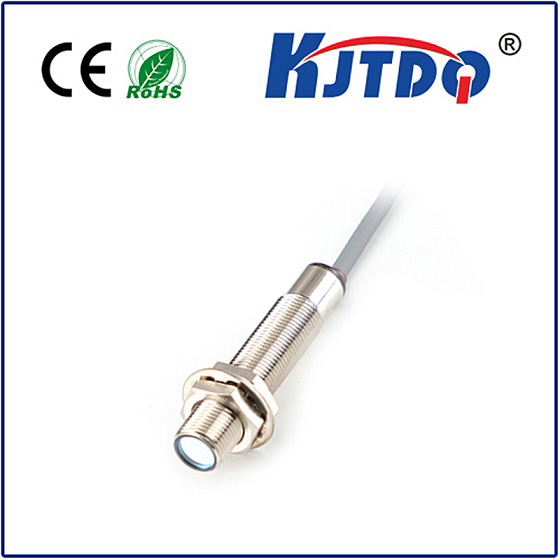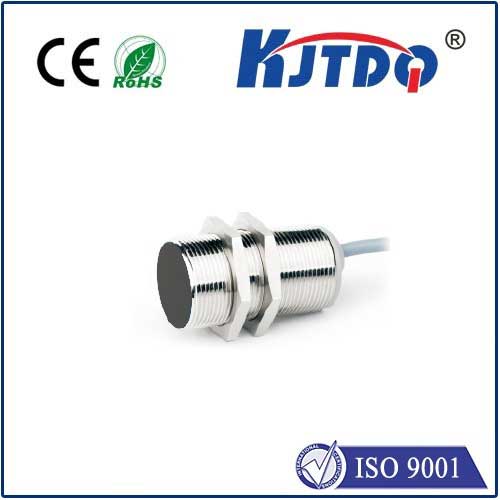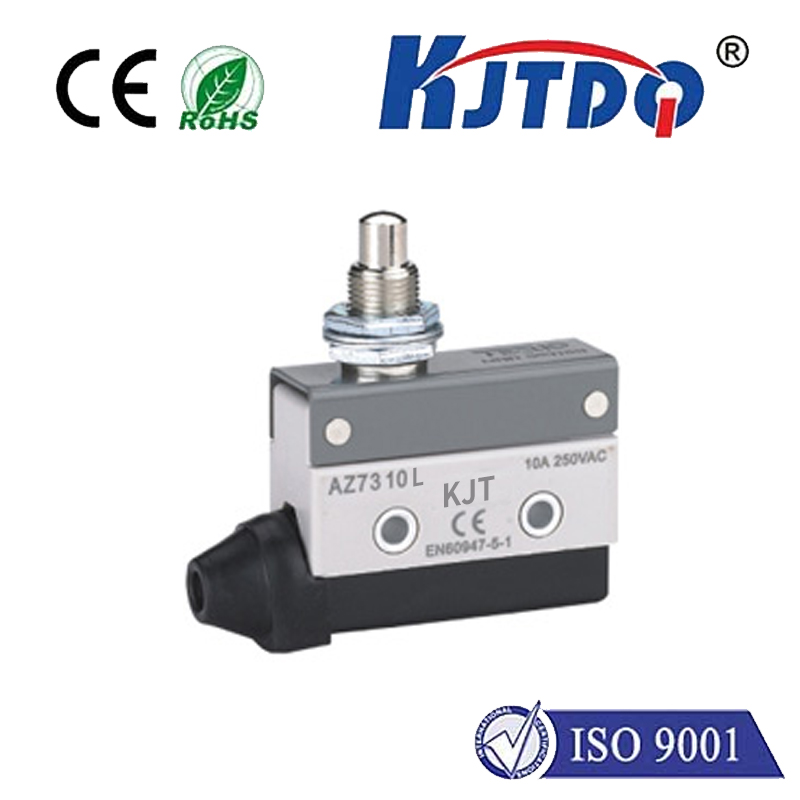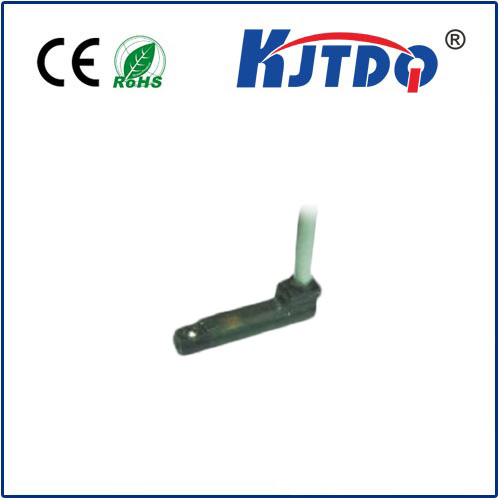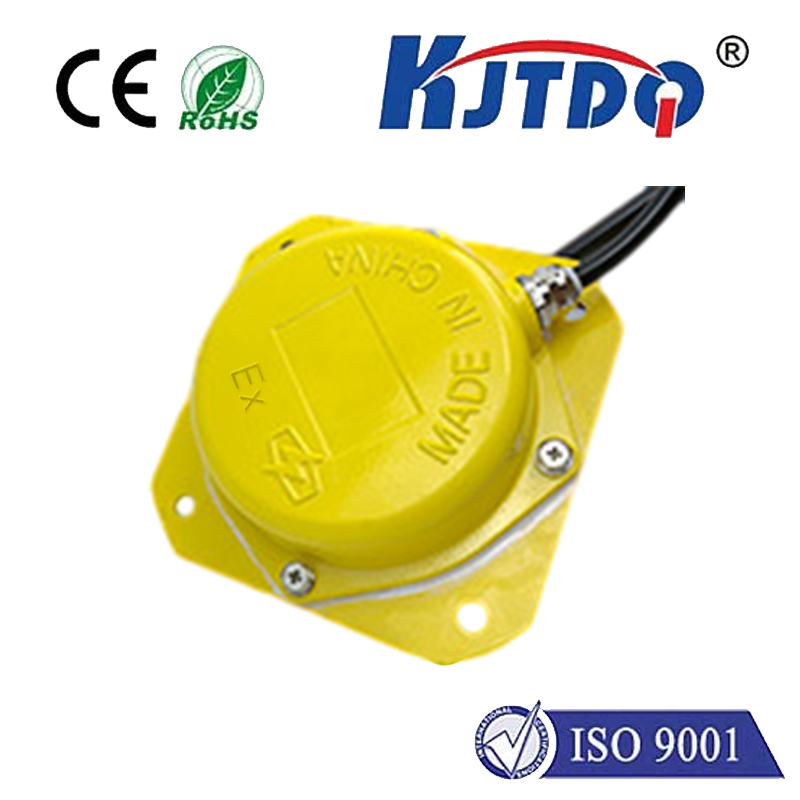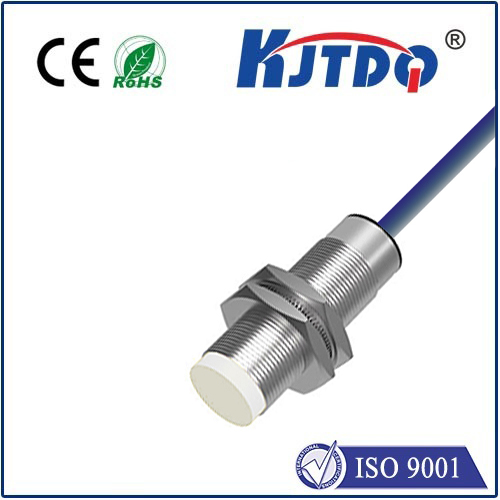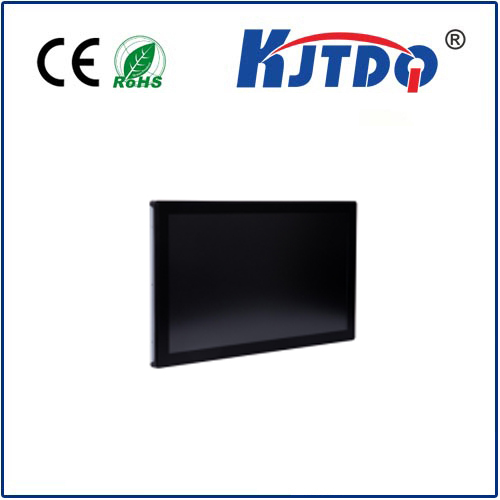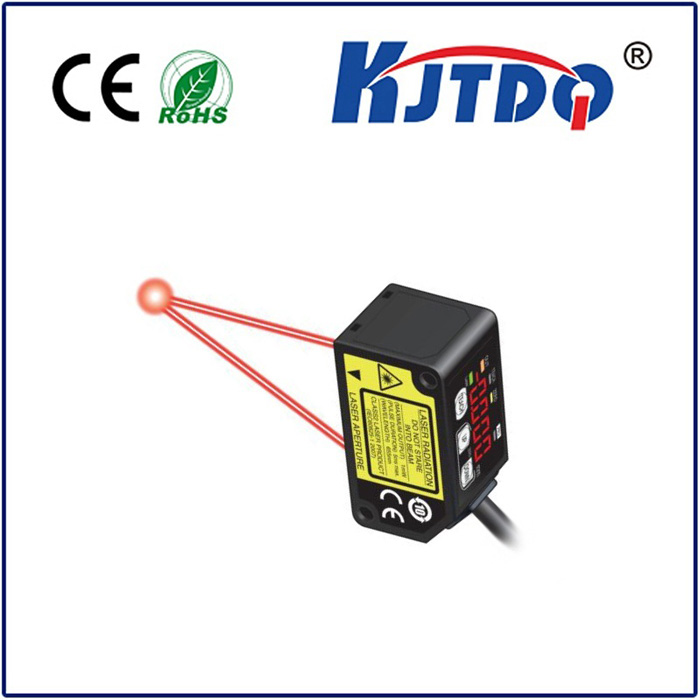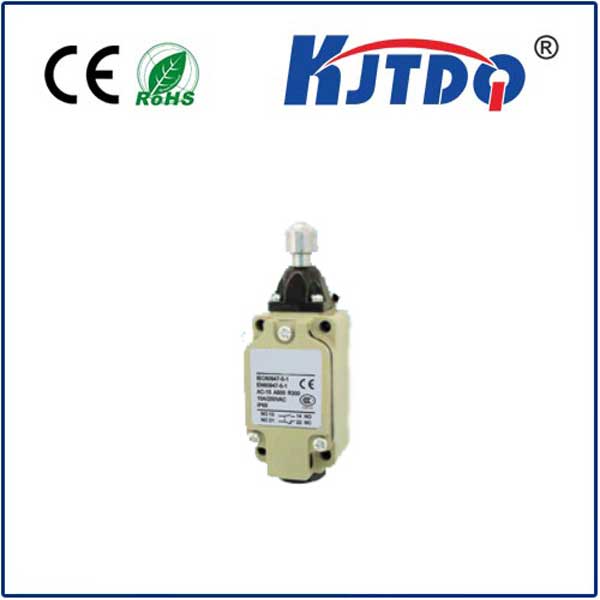compact photoelectric sensor
- time:2025-07-26 01:52:20
- Click:0
Small but Mighty: The Essential Guide to Compact Photoelectric Sensors
In the tightly choreographed world of automation, where machinery hums and components fly, real estate on the factory floor is prime property. Engineers constantly battle space constraints, demanding solutions that deliver powerful performance without demanding excessive room. Enter the compact photoelectric sensor – a technological workhorse engineered to perform critical detection tasks where every millimeter counts. These miniature marvels are revolutionizing applications by proving that big capabilities absolutely come in small packages.
Photoelectric Fundamentals: Light as the Workhorse
At its core, a photoelectric sensor detects objects, distances, or specific marks using light. It consists minimally of an emitter (light source) and a receiver. The emitter sends out a beam of light – commonly visible red, infrared (IR), or laser. The receiver detects changes in this light beam. An object’s presence, absence, color, or surface characteristics alters the beam, triggering an electrical output signal. This simple yet robust principle forms the basis for countless detection scenarios.
The “Compact” Advantage: Why Size Truly Matters
What defines a sensor as “compact”? It’s more than just physical dimensions, though miniature housings are the most obvious trait. The true compact advantage lies in the integration and efficiency achieved:

- Space-Constrained Installations: Obvious applications include within small machinery, robotic grippers, conveyor side rails, on mobile platforms, or inside tight enclosures where traditional sensors simply won’t fit. Their reduced footprint opens up detection possibilities previously deemed impractical.
- High-Density Mounting: Production lines often require multiple sensors in close proximity. Compact photoelectric sensors allow for denser packaging, enabling more complex detection setups without interference.
- Lightweight Flexibility: Smaller size often translates to lower weight. This is crucial for moving applications, like on robot arms or automated guided vehicles (AGVs), where added mass impacts performance and energy consumption.
- Simplified Integration: Their smaller size often necessitates clever design, leading to features like integrated mounting brackets, multi-functional connectors, and through-beam variants with tiny housings at both ends, simplifying installation drastically.
- Cost Efficiency (Indirect): While unit cost varies, the ability to use smaller sensors can reduce material requirements in machine design and potentially lower shipping and handling costs.
Understanding Core Technologies: Choosing the Right Beam
Not all compact photoelectric sensors are created equal. Their detection method dictates their suitability:
- Through-Beam: The undisputed champion for long range and high reliability. The emitter and receiver are separate units facing each other. An object is detected when it breaks the beam. Compact versions achieve surprisingly long ranges despite their small size, often exceeding several meters. Ideal for precision counting, high-speed detection, and opaque objects.
- Retroreflective: Combines emitter and receiver in one housing. A reflector bounces the light beam back. Detection occurs when an object interrupts the returning beam. Compact models benefit here through simplified wiring (only one device to mount and wire). Best for medium range detection where mounting opposite sides isn’t feasible. Note: Performance can vary with the target object’s reflectivity.
- Diffuse-Reflective: The most common and space-saving type, housing both emitter and receiver together. Detection relies on light reflecting off the target object itself. Range is typically shorter than the other methods. Compact diffuse sensors excel at close-range presence detection, label sensing, and color/contrast differentiation. Their success heavily depends on the target’s color, surface texture, and reflectivity.
Additional technologies often found in compact variants include background suppression (BGS) and foreground suppression (FGS), which refine detection by focusing on specific distances, ignoring backgrounds or foregrounds.
Key Applications Where Compact Size Shines
The versatility of compact photoelectric sensors makes them indispensable across countless sectors:
- Electronics Assembly: Detecting tiny components on PCBs, verifying connector insertion, checking for miniature screws, sensing tape-and-reel presence inside feeders.
- Pharmaceutical & Packaging: Counting pills or capsules in blister packs, verifying small vial fill levels, detecting labels on miniature bottles, checking cap presence on small containers.
- Food & Beverage: Ensuring caps are present on miniature bottles, detecting small toppings or missing items on snack foods, checking fill levels in small containers.
- Robotics & AGVs: End-of-arm tooling (EOAT) sensing on grippers, part presence confirmation in tight robot cells, navigation and obstacle detection on compact mobile robots.
- Small Machinery & Conveyors: Detecting small parts on miniature conveyors, verifying actuator positions, monitoring tool presence in compact CNC machines, jam detection in tight spaces.
- Medical Devices: Precise component positioning inside diagnostic equipment, fluid level detection in small reservoirs, verifying cartridge insertion.
Selection Considerations: Maximizing Potential
Choosing the ideal compact photoelectric sensor requires more than just finding the smallest unit:
- Detection Method: Match the through-beam, retroreflective, or diffuse principle to your specific object detection needs, range, and mounting constraints.
- Operating Range: Ensure the sensor’s specified sensing distance meets your application’s requirements, accounting for any size limitations.
- Target Characteristics: Consider the object’s size, material (opaque, transparent, glossy, matte), color, and required detection accuracy. Transparent object detection often requires specialized sensors.
- Environmental Factors: Assess potential exposure to dust, moisture (IP rating needed?), washdown conditions, temperature extremes, vibration, or electromagnetic interference (EMI). Many compact sensors boast robust IP67/IP69K ratings despite their size.
- Electrical Requirements: Match voltage (12-24V DC common), output type (PNP/NPN, relay), and connection type (cable, connector, M8/M12).
- Features: Do you need adjustable sensitivity, teach-in capability, short-circuit protection, built-in timers, or IO-Link communication for smart diagnostics and parameterization? Even compact sensors increasingly offer these advanced features.
- Mounting Options: Evaluate bracket designs and thread sizes (e.g., M5, M8, M12) to ensure seamless integration into the tight space.
The Future of Miniaturization: Smarter and More Capable
The evolution of compact photoelectric sensors continues apace. We’re seeing even smaller form factors pushing the limits of miniaturization. Crucially, intelligence is becoming integrated. IO-Link connectivity is transforming compact sensors into smart devices, enabling remote diagnostics, parameter changes without physical access, and integration into Industry 4.0 ecosystems. Enhanced optics and signal processing are also improving detection capabilities for challenging targets like small, dark, or highly reflective objects.
Embracing the Compact Revolution
For engineers battling spatial limitations without sacrificing detection power and reliability, the compact photoelectric sensor is no longer just an option; it’s often the optimal solution. By understanding the core technologies, appreciating the













